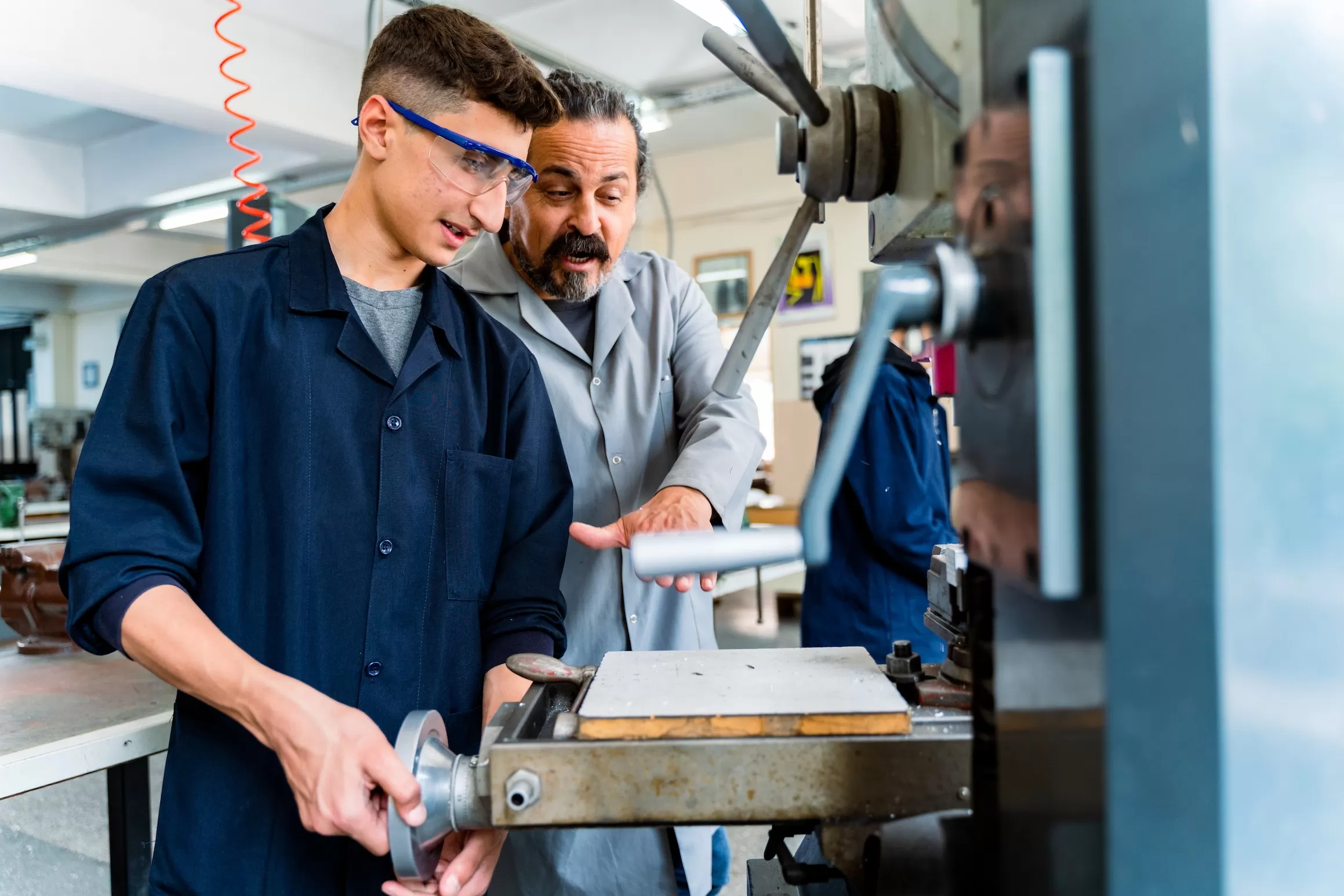Putting VET - Vocational Education Training on the Right Track in Schools
In June 2020, the report of the Review of Senior Secondary Pathways into Work, Further Education and Training raised significant concerns including that VET - Vocational Education Training delivered to senior secondary students is of inconsistent quality, difficult to navigate and not well integrated into senior secondary studies. This rather disconcerting report makes 20 recommendations, including:
Recommendation 8
Vocational education and training (VET) should only be provided at school where it can be done in a high-quality way as demonstrated through the explicit endorsement of local employers or industry bodies, and if schools are unable to meet these requirements, they should support their students to undertake VET at an external registered training organisation.
Clearly, all providers of Vocational Education Training - VET qualifications need to meet clearly defined standards and deliver or contribute to credentials that are accepted in the labour market. Whilst we have observed many schools who are committed to - Vocational Education Training - VET quality assurance and excellence, this report acknowledges that others could do better in preparing young people for their future roles in the workforce.
Here’s a few things that teachers can do ensure quality Vocational Education Training - VET is delivered in schools.
Enhanced Teaching Competence: Completing the TAESS00024 VET Delivered to School Students Teacher Enhancement Skill Set, ensures that teachers meet regulatory requirements related to vocational education and training. This Skill Set equips registered teachers with the skills and knowledge required for teachers delivering Vocational Education Training - VET qualifications to learners in a school environment.
This includes understanding industry engagement strategies, using nationally recognised Training Products by the Australian Government to design relevant session plans, implementing effective assessment methods, and participating in validations and moderations to ensure improved teaching outcomes. This is the first step to enabling teachers to deliver high-quality vocational education programs.
Alignment with Industry RTO Standards: Industries are constantly evolving, and vocational education must stay aligned with current industry standards and practices. By engaging and liaising with local businesses, potential employers and industry networks, registered teachers ensure that their content is up-to-date and relevant to the industry requirements of entry level employees.
Part of the Vocational Education Training - VET currency expectations may even entail teachers “rolling their sleeves up” and participating in the types of work activities that they are training their students to perform.
Enhancing Training Proficiency: Even experienced trainers and teachers assert that there are always new techniques, ideas and understandings to be learned. Accessing information and improving your ability to engage students has never been easier.
Try working with an experienced mentor, attending workshops and PD activities arranged by the school, watching some of the excellent videos on YouTube (sift through the junk!) or observing master trainers deliver. You could also complete the full TAE40122 Certificate IV in Training and Assessment, a straightforward process with our TAE40122 Accelerated Teacher Program.
Vocational Competence and Currency: Schools that ensure teachers are competent and current in their vocational areas are on the right track for delivering a consistent and quality driven Vocational Education Training - VET programs. Teachers may be released from school to undertake vocational placement and truly experience business and industry at it operates today.
Relevant conferences, workshops, research, networking and courses can all contribute to competence, currency and expertise in vocational education. Some organisations even run specific programs for teachers to participate in industry practices.
Promote VET opportunities: Teachers can be advocates for the vocational areas they are passionate about. Lifelong learning is all about encouraging student to pursue a career path that might start with washing dishes and culminate with managing a cruise liner!
At present, students interested in pursuing vocational learning or structured workplace learning often feel that they are inferior or their decisions are less valid. Promote Vocational Education Training - VET career paths and opportunities within the school and at external events.
The vocational education and training is vital to Australian standards, economic future and is the wellspring of our chefs, fitness coaches, travel agents, hairdressers, retail assistants, administrators, builders, gardeners, train drivers etc, and ad infinitum. Let’s get it right in schools, for our students and on behalf of the industries we love.


